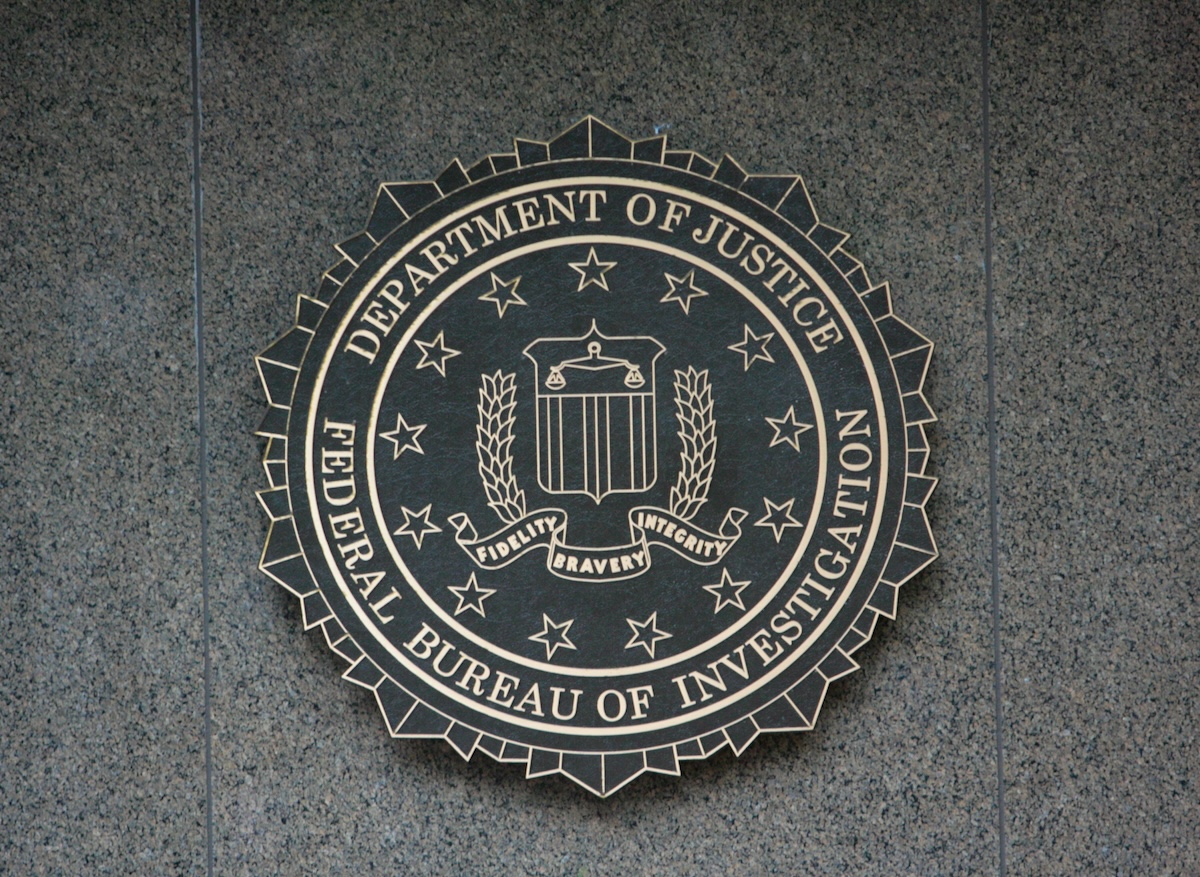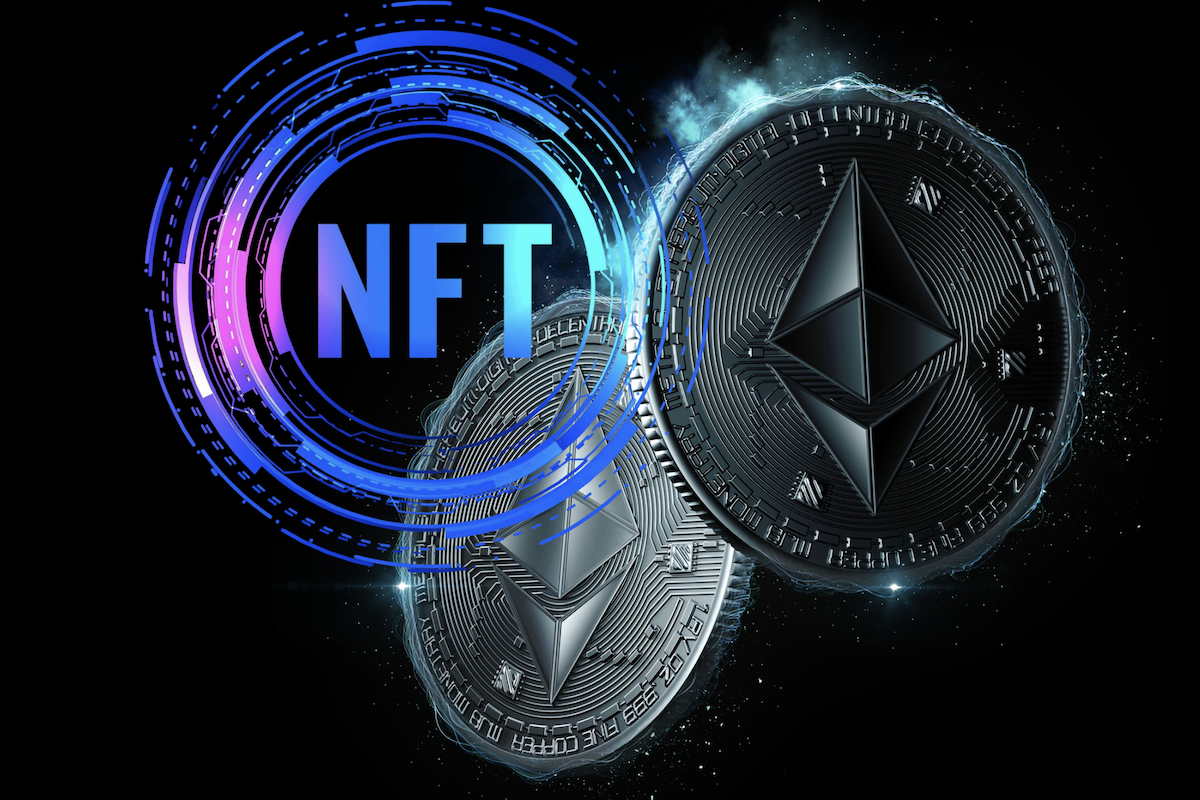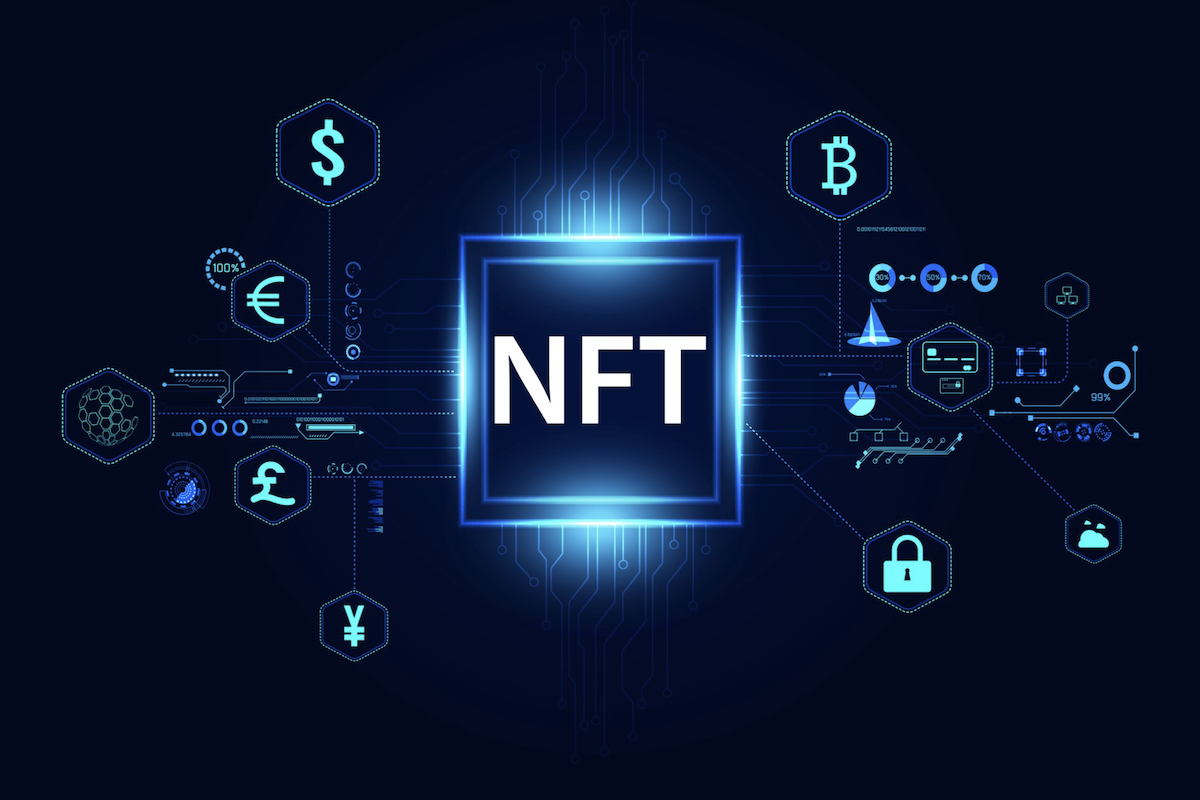NFTs have been with us since just after the launch of Ethereum back in 2015, and they have exploded in popularity. Everyone from artists and musicians to sports teams and celebrities have jumped on the NFT bandwagon.
However, despite their growing appeal, the process of buying, storing, and securing NFTs remains relatively complicated, particularly for those new to the world of blockchain technology.
Enter ERC-4337, a new Ethereum upgrade made possible by the deployment of EIP-4337, and it could transform the NFT space and make blockchain technology more accessible to non-crypto natives.
But what does this mean for NFTs, and how will ERC-4337 boost the NFT space? Let’s take a look…
What is the ERC-4337 Upgrade from Ethereum?
Proposed by Ethereum co-founder Vitalik Buterin and others in September 2021 and announced at ETHDenver on March 1, 2023, ERC-4337. The upgrade enables account abstraction, allowing each crypto wallet to act as a smart contract with customized authorization logic to meet the needs of individual users or applications.
ERC-4337 is designed to address some of the major challenges associated with current wallet structures. For example, the difficulty of securing seed phrases and sending transactions, and the risk of losing private keys.
By providing a range of features that improve the user experience, including more secure and user-friendly wallets, automated trading, and gasless transactions, ERC-4337 could help to increase the adoption of NFTs and blockchain technology in general.

What does ERC-4337 bring and how does affect the NFT space?
ERC-4337 provides solutions to four major problems associated with current wallet structures. Here’s a brief overview:
Lost private keys: Losing the private keys to your wallet is one of the biggest risks and fears in the crypto space, especially when valuable NFTs are at stake. The "Social Recovery System" enabled by ERC-4337 allows designated users to restore access to their wallets if they lose their private keys.
This feature could provide peace of mind to NFT collectors, knowing that they have a safety net in case they ever lose access to their wallets.
Secure wallets without seed phrases: Seed phrases can be difficult for some users to remember and keep secure, and some people may not want to give up an additional layer of security that they provide.
By allowing users to use 2FA and biometrics to protect their wallets, ERC-4337 could make wallet creation and use more accessible and user-friendly for many people put off by the dangers of losing a seed phrase.
Automated trading: One of the most challenging parts of collecting and trading NFTs is the amount of effort required for tracking metrics, timing mints, floor price analysis, and other practical aspects.
The automated trading enabled by ERC-4337, including AI trading and yield farming positions, could make NFT trading much easier and more accessible to all levels of users.
Gasless transactions: The cost of gas fees can be a significant barrier for many people looking to participate in the NFT space.
By enabling gasless transactions and allowing NFT collections and their DAOs to sponsor gas fees for users, ERC-4337 could make NFT transactions cheaper and faster, encouraging more people to participate in the market.
ERC-4337 a Win-Win for Web3 and the NFT Space
The EIC-4337 upgrade ushered in a new brand new token standard for Ethereum. ERC-4337 is going to make the blockchain more secure and easier to use.
These upgrades could significantly improve the user experience for those buying and storing NFTs, making blockchain technology more accessible to non-crypto natives.
By solving these major problems with current wallet structures, ERC-4337 has the potential to boost the NFT space and pave the way for greater adoption of blockchain technology more broadly.






